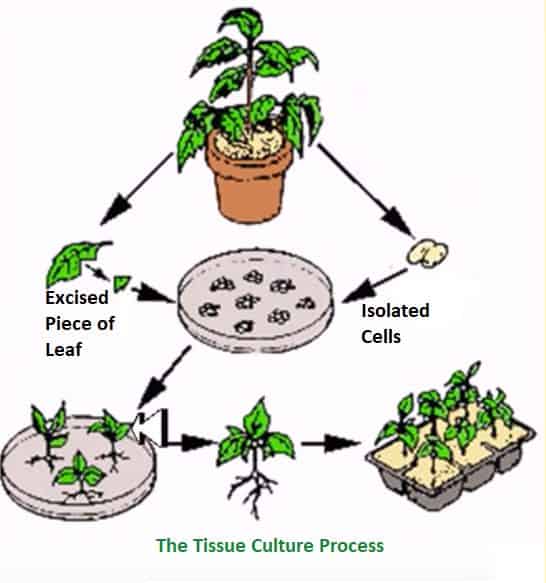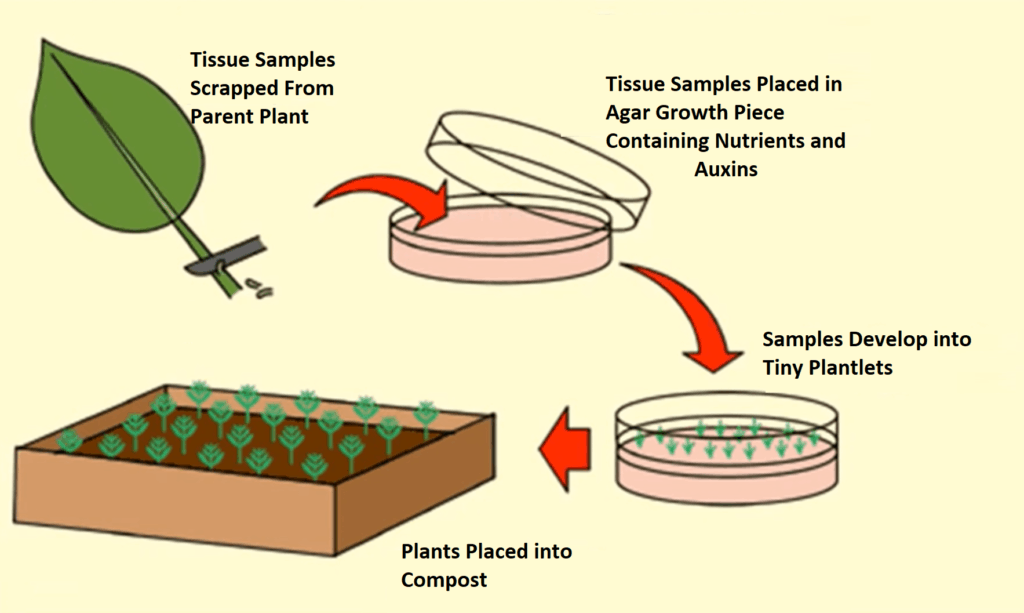A Tamil Nadu based farmer developed a cost-saving innovative leaf-culture seedless farming technique. India is heading towards innovative concepts in all fields, especially in farming.
The Man Behind the Idea
S Rajarathnam, is a 50-year-old farmer based in Tamil Nadu. Despite his bachelor’s in Applied Sciences, he followed the path of agriculture because of his heritage and passion. He owns Eden Nursery Garden, India’s first certified organic nursery established in 1998 for helping farmers. Now commercially viable, this nursery encourages the propagation of plants using leaf culture. Currently, this nursery has a production capacity of 15 to 20 lakh seedlings per year. This technique can produce a wide range of plants form flowering species to fruits. About the initiation of this concept, he says that to execute this idea he attended a five-day tissue culture course at Tamil Nadu Agricultural University. Fascinated by the simple methods, he followed the trail and introduced the leaf cultured plants in India.
How Does this Help?
This method is a cost-saving technique as it does not requires seeds to grow crops. The leaves are available in abundance thus making this method feasible. Besides, it maintains the genetic purity of the yield and promises assured produce to the farmers.

He did the first experiment with Jasminum Sambac and Ixora species. This was not an entirely organic process as he used root including chemical hormone and tunnel mist humidity chamber. After several trials and errors, it was in 2012, when his efforts succeeded as he sprouted a root form jasmine leaf.
How Does this Work?
1. Pluck a leaf and treat it with tender coconut water for 30 minutes. Then place leaf’s petiole in the pocket (filled with soil) of tunnel mist chamber (these are low cost built structures having pockets facilitating the growth of saplings).

2. Cover the leaves with airtight polythene to maintain the moisture. Then place the chamber in an eight mm frame and remove the polythene every five days to check the moisture level. Spray water accordingly.
3. The procedure takes around four to five weeks, depending on species. Once the sapling is ready, it can be planted on the farm to grow.
The farmer is making efforts to expand the scope of his work and teach farmers to adopt this cost-effective method.